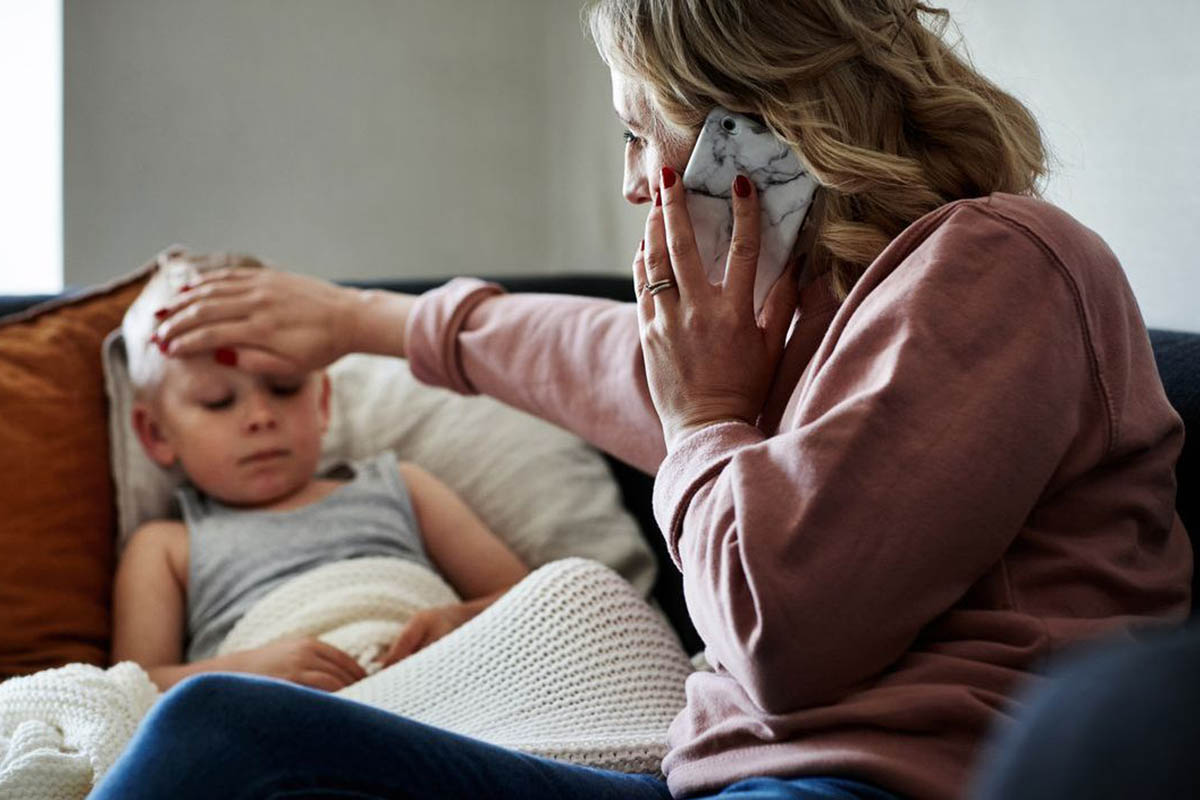
Prim Care Companion CNS Disord 2022;24(6):22cr03264
To cite: Marr MC, Staropoli M, Bonney P, et al. Low-dose lorazepam in the treatment of catatonia. Prim Care Companion CNS Disord. 2022;24(6):22cr03264.
To share: https://doi.org/10.4088/PCC.22cr03264
© 2022 Physicians Postgraduate Press, Inc.
aOregon Health and Science University, Portland, Oregon
*Corresponding author: Joseph Chien, DO, Oregon Health and Science University, 3181 SW Sam Jackson Park Rd, Portland, OR 97239 ([email protected]).
Catatonia is a psychomotor syndrome characterized by alterations in behavior, volition, and motor function. The most common type of catatonia is akinetic and is characterized by psychomotor retardation, mutism, staring, posturing, and rigidity.1 Additional features can include withdrawal, refusal to eat, automatic obedience, repetitive movements, and negativism.2 We present a case of catatonia treated with low-dose lorazepam.
Case Report
An older woman with a remote history of schizophrenia, depression, anxiety, and posttraumatic stress disorder presented by ambulance to the hospital due to months of progressive withdrawal and paranoia with significant oral intake restriction. She was reportedly functional and stable with no medication treatment for over 30 years and had no history of an eating disorder.
On admission, she demonstrated paranoia, poverty of thought, and marked speech latencies. She could not explain why she was not eating, despite endorsing feeling hungry. She scored a 15 on the Bush-Francis Catatonia Rating Scale,3 demonstrating immobility/stupor, mutism, staring, posturing/catalepsy, withdrawal, ambitendency, and perseveration, and was started on lorazepam 1 mg 3 times/d.
She demonstrated improvement in communication and oral intake while receiving a total of 3 mg of lorazepam over a 24-hour period; however, the following morning she was found hypotensive, bradycardic, and somnolent, prompting transfer to the intensive care unit (ICU). Lorazepam was discontinued out of concern for cardiorespiratory depression. Medical workup in the ICU was unremarkable, and she returned to the psychiatric ward the following day.
She continued to be withdrawn, with paranoid and tangential thoughts. Olanzapine 5 mg/night was initiated for treatment of psychosis, but her progressive refusal of medications and nutrition led to her transfer to the medical floor for management of hypokalemia, telemetry monitoring, and potential refeeding syndrome.
After normalization of electrolyte derangements, she was again transferred back to the psychiatry ward with ongoing psychotic symptoms. Olanzapine was gradually titrated to 15 mg/d, with mild improvements. Unfortunately, she concurrently regressed with regard to nutritional intake and self-care.
Her severe caloric restriction and dehydration, coupled with complaint of chest pain, prompted an emergent troponin draw, and liquid lorazepam 1 mg was ordered to ease her distress. Acute coronary syndrome workup was negative; however, the patient was noted to have a profound response to lorazepam: she reported feeling “ravenous,” with spontaneous, markedly improved communication. Within an hour of this improvement, however, she became somnolent, and her breathing slowed to less than 10 respirations/minute, which prompted another rapid response code. She was closely monitored and improved without intervention.
The following day, lorazepam 0.25 mg 3 times/d was initiated. Over the next week, she improved gradually and progressively in linearity of thought, oral intake, and functionality. After a period of further improvement, she was discharged on olanzapine 10 mg/d and lorazepam 0.25 mg twice/d.
Discussion
Catatonia is a psychomotor syndrome characterized by alterations in behavior, volition, and motor function. In reviewing neuroimaging studies in catatonia, Walther and colleagues4 concluded that the existing evidence suggests that catatonia is caused by motor system abnormalities due to hyperactivity within the supplementary motor area and presupplementary motor area. The inhibitory neurotransmitter γ-aminobutyric acid (GABA) has been implicated in catatonia given previous findings of decreased density of GABAA receptors in the left sensorimotor cortex, low levels of GABA in the cerebrospinal fluid of patients with neuroleptic malignant syndrome, and the suspected role of GABA dysfunction in causing severe autonomic variations in malignant catatonia.5 Refusal to eat is common in catatonia, likely the product of symptoms of withdrawal, stupor, and negativism. While there is a lack of standardized guidelines on when to initiate nutritional support in patients with prolonged lack of oral intake, it is recommended that early initiation of tube feeding should be considered in catatonic patients refusing to eat or with immobility/rigidity that might interfere with safe swallowing.6
As a modulator of GABA, benzodiazepines are the first-line treatment for catatonia. It is generally acknowledged that treatment of catatonia may require doses higher than those typically used for anxiety, with effective doses of lorazepam usually ranging from 6 mg to 20 mg.1
Although lower doses of lorazepam are generally recommended in older adults or medically compromised individuals, clear guidelines for lorazepam dosing for catatonia are lacking. In this case, the typical recommended doses of lorazepam for catatonia were not tolerated, necessitating a trial with the much lower dose. In reviewing the literature, we found only 1 case7 describing successful treatment of catatonia with low-dose lorazepam, which was in an adolescent girl with schizoaffective disorder and excited catatonia. The case reported here highlights the need for additional research on dosing lorazepam for catatonia in older adults and emphasizes that in clinical populations where standard lorazepam dosing is not tolerated, lower doses might effectively treat catatonia.
Published online: November 3, 2022.
Relevant financial relationships: None.
Funding/support: None.
Additional information: Patient information has been de-identified to protect anonymity.
References (7)

- Fink M, Taylor MA. The catatonia syndrome: forgotten but not gone. Arch Gen Psychiatry. 2009;66(11):1173–1177. PubMed CrossRef
- Rasmussen SA, Mazurek MF, Rosebush PI. Catatonia: our current understanding of its diagnosis, treatment and pathophysiology. World J Psychiatry. 2016;6(4):391–398. PubMed CrossRef
- Bush G, Fink M, Petrides G, et al. Catatonia, I: rating scale and standardized examination. Acta Psychiatr Scand. 1996;93(2):129–136. PubMed CrossRef
- Walther S, Stegmayer K, Wilson JE, et al. Structure and neural mechanisms of catatonia. Lancet Psychiatry. 2019;6(7):610–619. PubMed CrossRef
- Ghaziuddin N, Andersen L, Ghaziuddin M. Catatonia in patients with autism spectrum disorder. Child Adolesc Psychiatr Clin N Am. 2020;29(3):443–454. PubMed CrossRef
- Clinebell K, Azzam PN, Gopalan P, et al. Guidelines for preventing common medical complications of catatonia: case report and literature review. J Clin Psychiatry. 2014;75(6):644–651. PubMed CrossRef
- Pruett JR Jr, Rizvi STA. A 16-year-old girl with excited catatonia treated with low-dose oral lorazepam. J Child Adolesc Psychopharmacol. 2005;15(6):1005–1010. PubMed CrossRef
Please sign in or purchase this PDF for $40.
Save
Cite




